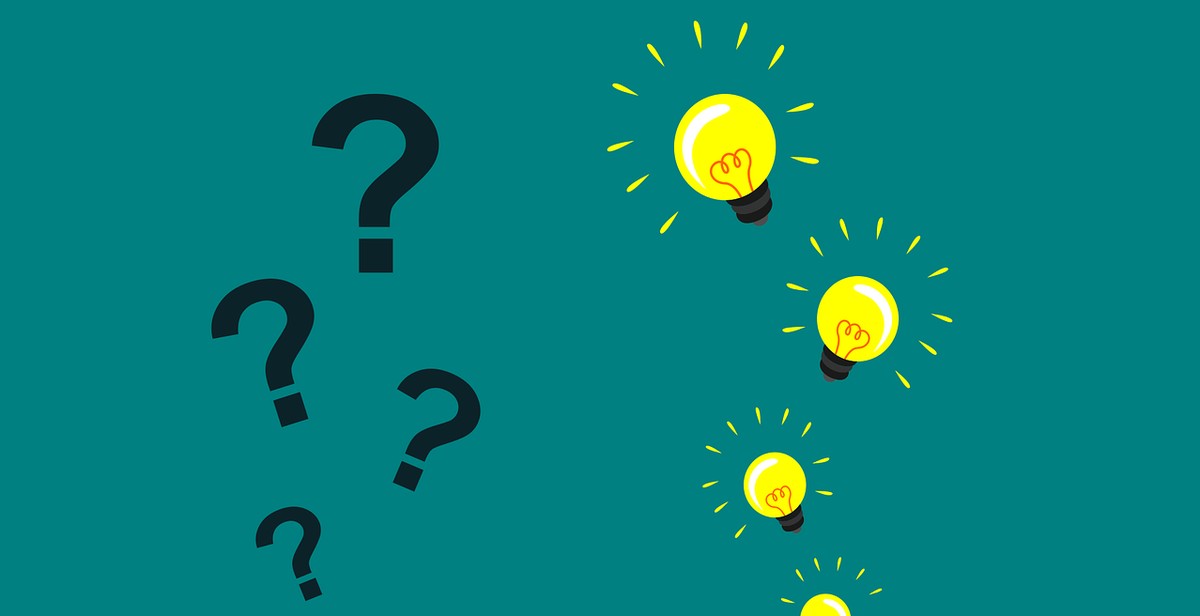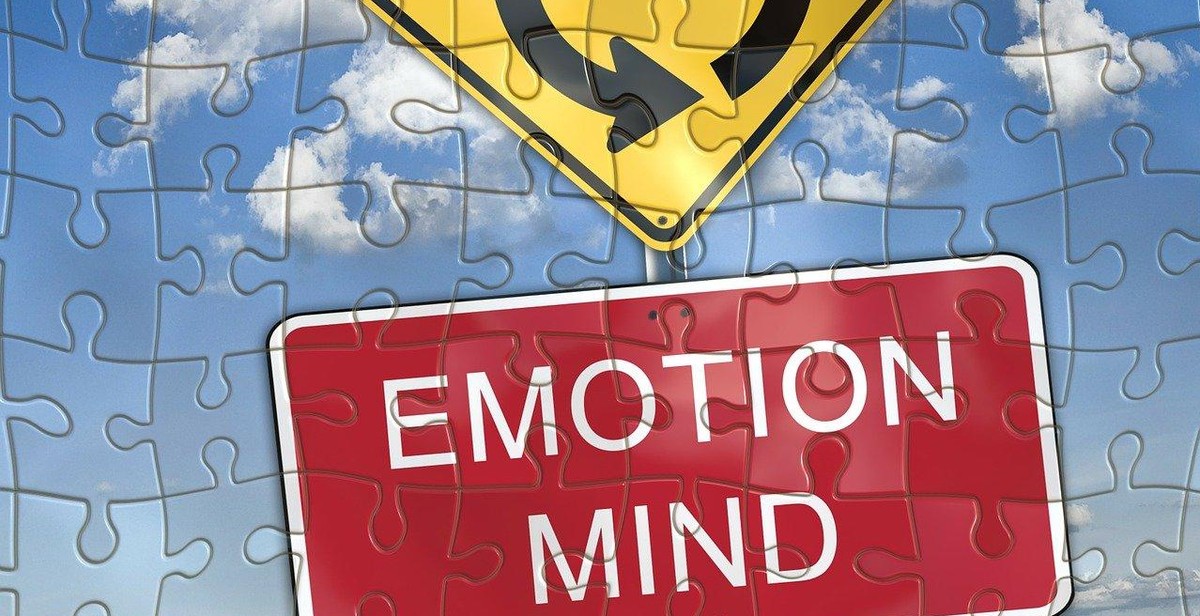The Art of Problem-Solving: Approaching Challenges with Creativity
Problem-solving is an essential skill in both personal and professional realms. Whether you are facing a complex issue at work, trying to overcome a personal obstacle, or seeking innovative solutions for your business, the ability to approach challenges with creativity can make all the difference.
At its core, problem-solving involves identifying and analyzing problems, exploring potential solutions, and implementing effective strategies. However, the art of problem-solving goes beyond a step-by-step process. It requires a mindset that embraces creativity, critical thinking, and adaptability.
The Power of Creativity in Problem-Solving
Creativity is the driving force behind finding unique and unconventional solutions to problems. It allows you to think outside the box, challenge assumptions, and discover innovative approaches. By tapping into your creative potential, you can unlock new perspectives and possibilities that may have previously been overlooked.
Furthermore, creative problem-solving enables you to approach challenges with a fresh mindset. It encourages you to explore alternative paths, experiment with different strategies, and embrace a trial-and-error approach. This flexibility and openness to new ideas can lead to breakthrough solutions and transformative outcomes.
Developing Creative Problem-Solving Skills
Fortunately, creativity is a skill that can be nurtured and developed. By cultivating certain habits and adopting specific techniques, you can enhance your problem-solving abilities and unleash your creative potential. Some strategies include:
- Embrace curiosity: Curiosity fuels creativity. Cultivate a sense of wonder and ask thought-provoking questions to uncover new possibilities.
- Practice brainstorming: Engage in brainstorming sessions to generate a wide range of ideas without judgment. Encourage free thinking and encourage collaboration.
- Seek diverse perspectives: Surround yourself with diverse individuals who can offer different viewpoints and insights. This can lead to more innovative problem-solving approaches.
- Embrace failure: View failures as learning opportunities. Embracing failure allows you to take risks, learn from mistakes, and refine your problem-solving skills.
By incorporating these strategies into your problem-solving process, you can unlock your creative potential and approach challenges with a fresh and innovative mindset.

Understanding the Problem
When faced with challenges, it is crucial to approach them with creativity and a systematic problem-solving mindset. This article explores the art of problem-solving, highlighting key steps that can help individuals overcome obstacles and find innovative solutions.
Defining the Problem
The first step in the problem-solving process is to clearly define the problem at hand. This involves identifying the specific issue or challenge that needs to be addressed. By precisely defining the problem, individuals can focus their efforts on finding the most effective solutions.
Defining the problem requires a deep understanding of the situation and the desired outcome. It is essential to ask the right questions and gather sufficient information to gain clarity. This process helps to avoid confusion and ensures that efforts are directed towards resolving the core issue.
Identifying the Root Cause
Once the problem is defined, the next step is to identify the root cause. This involves digging deeper to understand the underlying factors that contribute to the problem’s existence. By identifying the root cause, individuals can address the issue at its source rather than just treating the symptoms.
Identifying the root cause often requires a thorough analysis of the problem and gathering relevant data. This step may involve brainstorming, conducting research, or seeking expert opinions. By uncovering the root cause, individuals can develop more targeted and effective solutions.
Gathering Information
To effectively solve a problem, it is crucial to gather as much information as possible. This involves collecting relevant data, facts, and insights that can provide valuable context and support decision-making.
Gathering information can be done through various means, such as conducting surveys, interviews, or research. It is important to explore different perspectives and consider multiple viewpoints to gain a comprehensive understanding of the problem.
By gathering information, individuals can make informed decisions and develop creative solutions that address the problem’s complexities. It is essential to approach this step with an open mind and a willingness to explore different possibilities.

Generating Ideas
When faced with a problem or challenge, one of the most important steps in the art of problem-solving is the generation of ideas. This stage allows us to explore various possibilities and potential solutions, paving the way for creative thinking and innovative approaches. Here are three effective techniques that can help you generate ideas:
1. Brainstorming
Brainstorming is a popular and widely-used technique for generating ideas. It involves gathering a group of people and encouraging them to freely share their thoughts and suggestions on a specific problem or challenge. The key to successful brainstorming is creating a non-judgmental environment where all ideas are welcomed and considered. This technique allows for the exploration of multiple perspectives and can lead to unexpected and innovative solutions.
2. Mind Mapping
Mind mapping is a visual technique that helps to organize and connect ideas. Start by writing the main problem or challenge in the center of a blank page and then branch out with related ideas and potential solutions. Use colors, symbols, and keywords to visually represent different concepts and connections. Mind mapping allows for a holistic view of the problem and stimulates creative thinking by making connections between seemingly unrelated ideas.
3. Free Writing
Free writing is a technique that involves writing continuously for a set period of time without any restrictions or self-censorship. This technique helps to bypass the critical voice in our minds and allows for the free flow of ideas. Set a timer for 10-15 minutes and write down everything that comes to mind related to the problem or challenge. Don’t worry about grammar, spelling, or coherence. Free writing can uncover hidden insights and spark new ideas that may have otherwise remained dormant.
By utilizing these techniques, you can tap into your creative potential and generate a wide range of ideas for problem-solving. Remember to approach these exercises with an open mind and embrace the process of exploration and discovery.

Evaluating and Selecting Solutions
Once you have generated a range of potential solutions for a given problem, the next step is to evaluate and select the most appropriate one. This process involves careful consideration of various criteria, the use of a weighted decision matrix, and the application of Pareto analysis.
Criteria for Evaluation
Establishing clear criteria for evaluating potential solutions is crucial to making an informed decision. These criteria should align with the objectives and requirements of the problem at hand. Examples of criteria include cost-effectiveness, feasibility, impact on stakeholders, scalability, and sustainability. By defining and prioritizing these criteria, you can objectively assess each solution and compare them against each other.
Weighted Decision Matrix
A weighted decision matrix is a tool that helps you evaluate and compare different solutions based on multiple criteria. Assign a weight to each criterion, reflecting its relative importance. Then, rate each solution against each criterion on a scale, typically from 1 to 5. Multiply the rating by the weight for each criterion and sum up the results to obtain a total score for each solution. This matrix provides a quantitative basis for decision-making, allowing you to identify the most promising options.
Pareto Analysis
Pareto analysis, also known as the 80/20 rule, helps you prioritize solutions by focusing on the vital few factors that will yield the greatest impact. Identify the criteria with the highest scores from the weighted decision matrix and rank them in descending order. By addressing the top-ranked criteria first, you can ensure that you allocate your resources effectively and maximize the potential benefits of your chosen solution.
By utilizing these evaluation techniques, you can make a well-informed decision and select the most suitable solution for your problem. Remember to regularly reassess and adjust your chosen solution as new information becomes available.

Implementing the Solution
Once you have thoroughly analyzed the problem and formulated a creative solution, it’s time to put your plan into action. The implementation phase requires careful planning and execution to ensure a smooth transition from problem to solution.
Planning and Execution
Start by creating a detailed implementation plan that outlines the necessary steps, resources, and timelines. Break down the solution into smaller, manageable tasks and assign responsibilities to team members or yourself if working individually. Clearly communicate the plan to everyone involved to ensure everyone is on the same page.
During the execution phase, closely monitor progress and make adjustments as needed. Regularly check in with team members to address any challenges or roadblocks that may arise. Keep the lines of communication open and encourage collaboration and problem-solving within the team.
Adapting as Needed
Flexibility is key during the implementation phase. Be prepared to adapt your plan if unforeseen circumstances or new information emerge. This may require revisiting your solution and making necessary modifications. Stay open-minded and encourage feedback from team members or stakeholders to identify areas for improvement.
Additionally, track and measure the progress of your implementation to ensure you are on track to achieve the desired outcome. Regularly evaluate the effectiveness of your solution and make adjustments if needed. Celebrate milestones and successes along the way to maintain motivation and momentum.
Remember, the implementation phase is a critical part of the problem-solving process. By carefully planning and executing your solution while remaining adaptable, you increase the chances of successfully overcoming challenges with creativity.

Overcoming Challenges
Persistence and Resilience:
One of the key factors in overcoming challenges is persistence and resilience. It is essential to approach problems with a never-give-up attitude and a determination to find solutions. When faced with obstacles, it is important to keep pushing forward and not let setbacks discourage you. By staying focused and maintaining a positive mindset, you can overcome even the most difficult challenges.
Seeking Help:
Another effective strategy for overcoming challenges is seeking help. It is not a sign of weakness to ask for assistance; on the contrary, it shows strength and a willingness to learn. Seeking help can come in various forms, such as consulting with experts in the field, reaching out to mentors or colleagues, or even conducting research to gather information and insights. By leveraging the knowledge and experience of others, you can gain valuable perspectives and uncover new solutions to the challenges you face.
Collaboration:
Collaboration is another powerful tool for overcoming challenges. Working together with others who have different skill sets and perspectives can bring fresh ideas and approaches to problem-solving. By fostering a collaborative environment, you can tap into the collective intelligence of a team and combine strengths to tackle challenges more effectively. Collaboration also promotes learning and growth, as it encourages the exchange of knowledge and experiences, ultimately leading to innovative solutions.
Overall, by embracing persistence and resilience, seeking help, and fostering collaboration, you can approach challenges with creativity and overcome them successfully. These strategies not only enhance problem-solving abilities but also contribute to personal and professional growth.
Conclusion
In conclusion, the art of problem-solving is a skill that can be honed and developed through creativity and innovative thinking. By approaching challenges with a fresh perspective and an open mind, individuals can overcome obstacles and find effective solutions.
Throughout this article, we have explored various strategies and techniques that can be employed to enhance problem-solving abilities. The importance of defining the problem, gathering information, and brainstorming ideas cannot be overstated. Moreover, embracing creativity and thinking outside the box can lead to breakthroughs and innovative solutions.
It is crucial to note that problem-solving is not a linear process; it requires adaptability and flexibility. Being open to feedback and willing to revise and refine solutions is essential for continuous improvement.
Furthermore, collaboration and teamwork play a significant role in problem-solving. By leveraging the diverse perspectives and expertise of others, individuals can gain new insights and approaches to tackle challenges more effectively.
In today’s fast-paced and ever-changing world, the ability to solve problems creatively is a valuable asset. Employers and businesses are constantly seeking individuals who can think critically, adapt to new situations, and find innovative solutions. Mastering the art of problem-solving can lead to personal and professional growth, opening doors to new opportunities and success.
So, let us embrace the art of problem-solving, approach challenges with creativity, and unlock our full potential to overcome any obstacle that comes our way.
